Friday, 10 May 2024
Menu
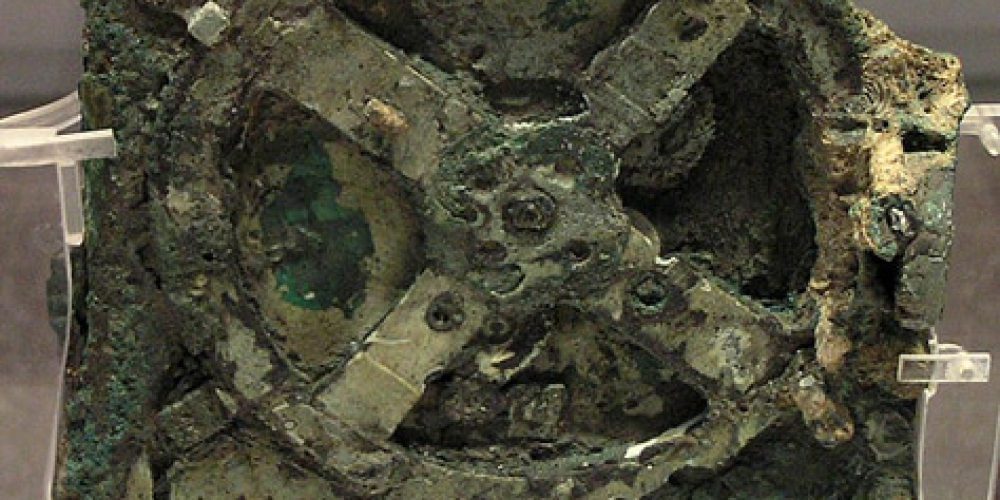
In the early 20th century, a group of divers managed to retrieve numerous treasures from the depths of the Aegean Sea, from the wreck of an ancient Roman ship resting at a depth of 42m. Among all the marvels that were then restored to the world, there were also dozens of bronze pieces.
From the very beginning, this part of the discovery was downplayed, and at one point it was even considered that it was found on the wreck 1500 years after its sinking, as a result of some strange coincidence. At the time, no one even imagined that a treasure had been found that would cause a real earthquake in the scientific community.
In 1900, while diving on an ancient shipwreck near the Aegean island of Antikythera, divers found a fragment of a bronze construction among many ancient relics. This discovery was at first disregarded, taking it for the remains of a destroyed sculpture, and in 1902, when visible fragments of a mechanism were discovered in one of the lumps, it was considered a complicated clock. Since it was believed at that time that such complicated mechanisms were not manufactured in ancient times, the discovery was classified by some researchers as coming from the 15th century or later, and the presence on an ancient wreck was explained as a “strange coincidence”.
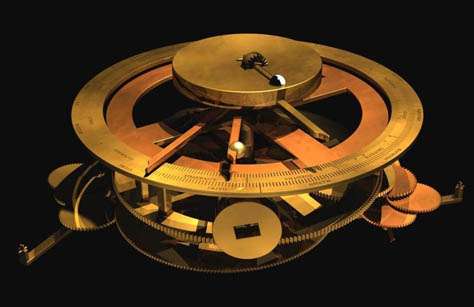
The person who first started a thorough investigation of the strange find was Derek Price from Yale University. He made, among other things, an X-ray of the fragments found, using X-rays. He devoted most of his life to trying to solve the mystery of the “mysterious clock”. After 20 years of research, he published a scientific paper (1974) in which he concluded that the device, consisting of 31 gears, was used to determine the position of the Sun and the Moon. He also made a replica of the mechanism (imperfect and not without errors), but the results of his research were rejected by most of the scientific world, because, as it was claimed, it was an unrealistic achievement for the science of that time.
Is it any wonder that the truth about an object that spent more than 2,000 years in the waters of the Aegean Sea is so hard to accept? Since it was not possible to make similar constructions until 1,500 years later, one cannot be surprised by the scepticism of the scientific world either.
Fortunately, Pric’s work was enough to get other researchers interested in the subject, and as technology progressed and developed, they rediscovered the design and significance of the mysterious device.
In 2006, the journal ‘Nature’ published the results of the study and a three-dimensional image of the fragments studied, taken by a research team led by Mike G. Edmunds of Cardiff University, using a CT scanner. Apart from the purpose and function, it was possible to establish that the whole consisted of 37 gear wheels, and all the inscriptions covering the mechanism were read (thanks to the analysis of the writing, the age of the objects was established as ca. 2nd century BC).
As it turned out, the Mechanism of Antikythera was a complex astronomical device, and with its help, it was possible to predict the movement of the Sun and the Moon against the background of the Zodiac, as well as the Egyptian calendar used by the ancient Greeks at that time. It also showed the phases of the Moon and allowed the prediction of solar and lunar eclipses. On the basis of the research material gathered, it is also assumed that this amazing device was able to track the movement of the 5 planets known at that time.
It is assumed that the unusual device, whose dimensions were 33cmx17cmx9cm, was made on the island of Rhodes, which gathered the cream of the astrologers of the time. One of the theories says that its constructor could have been Hipparchus, whose ideas were used in the construction of the Mechanism of Antkithira.
This discovery forced the scientific world to verify our knowledge and the technical possibilities of the ancient Greeks. Unfortunately, the achievements of the Greeks, who loved science above all else, were lost over the centuries. This was mainly due to the Roman Empire, which only acknowledged technological advances in the military arts. In order to further emphasise the uniqueness and precision of this amazing box, I will only say that another construction of similar complexity was made in 1704.
Source: wikipedia.pl archaeowieści.pl
Photo: archaeowieści.pl




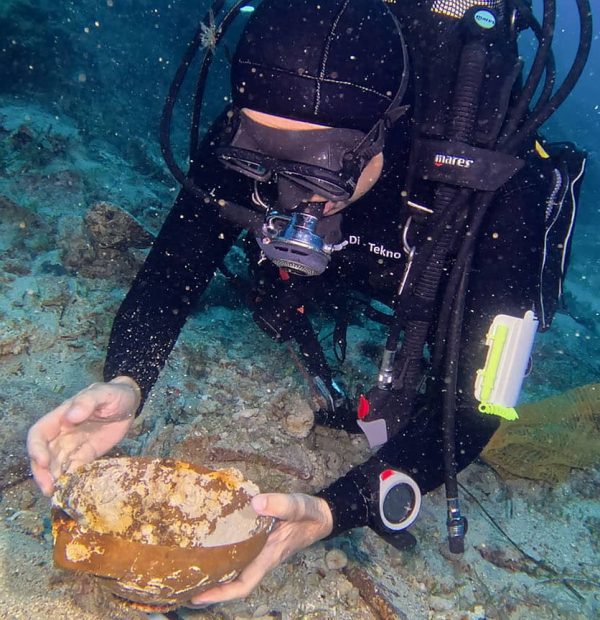


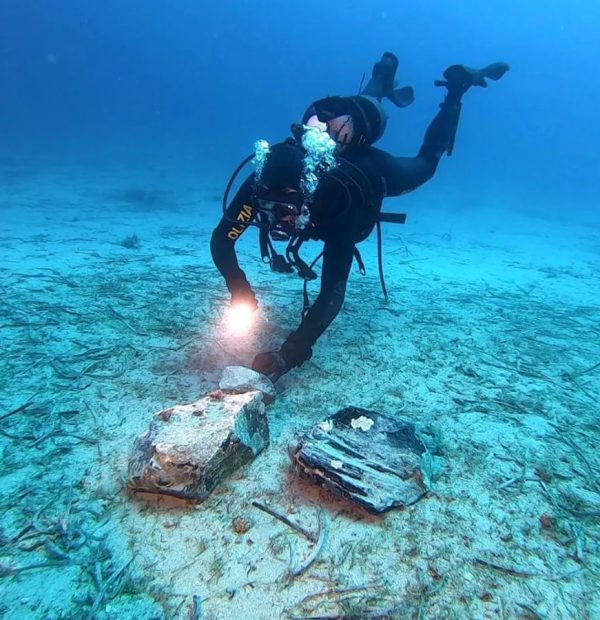
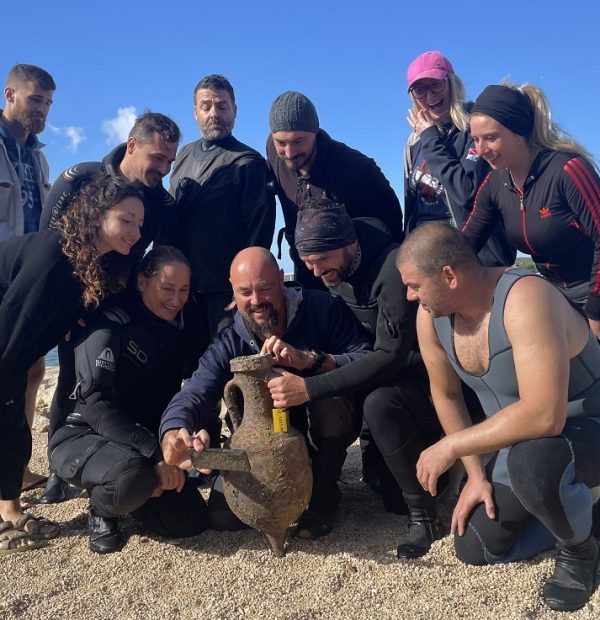

Welcome to DIVERS24.COM, your daily source of scuba news, freediving, scuba diving information, and equipment reviews. Our comprehensive coverage of the dive industry from A to Z provides you with all the latest scuba news, training updates, underwater photography tips, and everything else related to scuba diving. Whether you’re a beginner or an experienced diver looking for more knowledge about scuba gear or techniques – we’ve got it covered! With our in-depth articles written by experienced divers who have been there and done that, you are sure to find exactly what you need here at Divers24.com. Dive into scuba news today!
Underwater Media Sp. z o.o.
Szafarnia 11/F8,
80-755 Gdansk, Poland
Welcome to DIVERS24.COM, your daily source of scuba news, freediving, and scuba diving information. Sign in for a weekly news update and discount coupons for dive gear and apparel.
@2023 - underwatermedia.pl. All Right Reserved. Designed and Developed by Tworzenie stron internetowych Gdansk

The Divers24 portal is currently the largest online medium treating diving in Poland. Since 2010 we have been providing interesting and important information from Poland and around the world on all forms of diving and related activities.
Contact us: info@divers24.com